The article introduces Flame Graph, a visual program performance analysis tool, its basic concept, types, and applications in continuous profiling.

This article mainly introduces the source code analysis of the flame graph part and the model definition part in Pyroscope v0.35.1.

This article explores the Node.js source code to understand the loading process of CJS modules.

This is an extra article from the 10-part series, discussing the engineering implementation of Paxos.

Part 10 of this 10-part series focuses on the codes related to the transaction of the PolarDB-X.
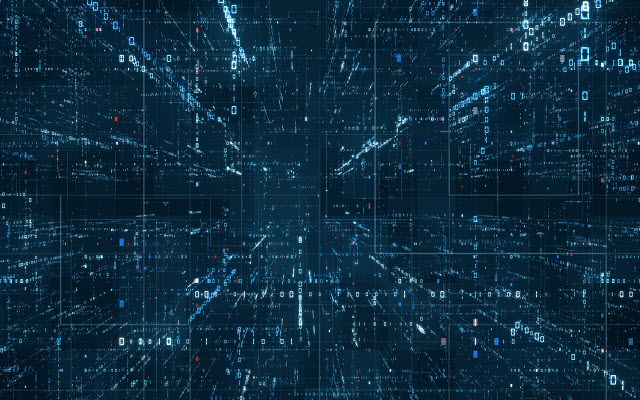
Part 9 of this 10-part series mainly explains the implementation of PolarDB-X DDL in the compute node (CN).

Part 8 of this 10-part series analyzes the generation of Binlog and how to process and generate Global Binlog through the system.

Part 7 of this 10-part series describes the key points and data structures in the private protocol connection process.

This article explains how to write a simple Lombok plug-in.

Part 6 of this 10-part series focuses on the source codes of the distributed deadlock detection function in PolarDB-X.

Part 5 of this 10-part series introduces the processing of Insert statements by PolarDB-X in parsing, checking, optimizer, and executor by debugging simple Insert statements.

Part 4 of this 10-part series describes the key code related to SQL parsing and execution in GalaxySQL (CN) codes from the perspective of SQL execution.

Part 3 of this 10-part series introduces the code engineering structure of GalaxyCDC and shows the construction process of the local development and debugging environment.
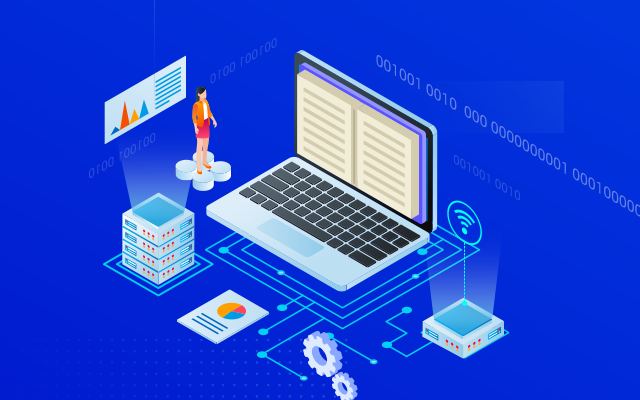
Part 2 of this 10-part series explains the startup process of the PolarDB-X CN node (GalaxySQL), including parameter loading, metadata loading, and other processes.
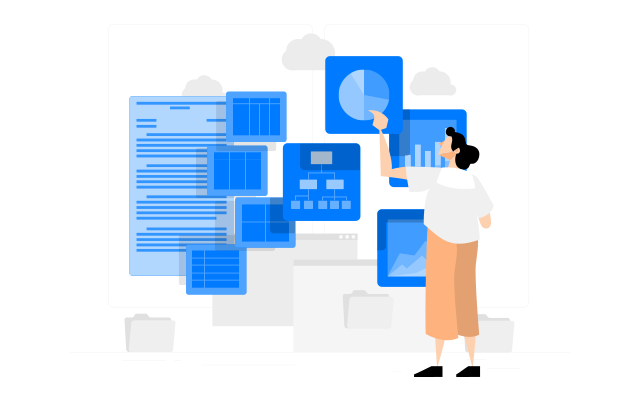
Part 1 of this 10-part series focuses on the code structure of GalaxySQL (the PolarDB-X CN computing layer).
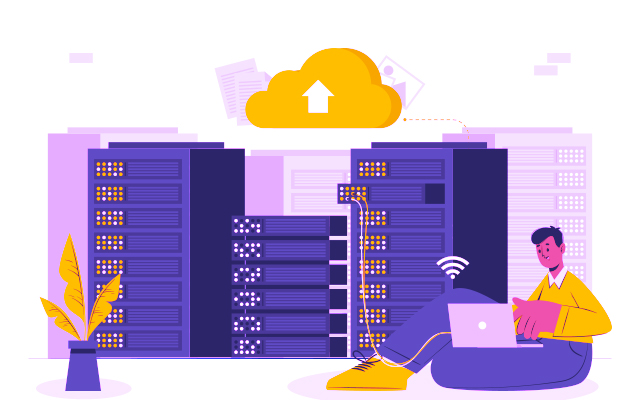
This article explains ObTableScan design and code knowledge and introduces the analysis of the location cache module.
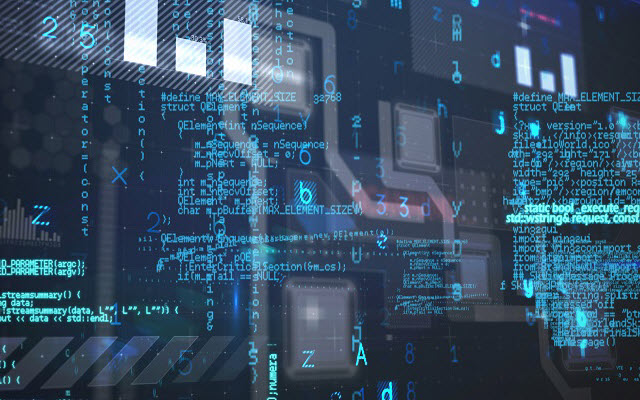
This article explains the creation process of the table one of the system tenant and the service addressing process related to the table one.

This article discusses everything about macro blocks from top to bottom, including its format, operations, and scenarios.
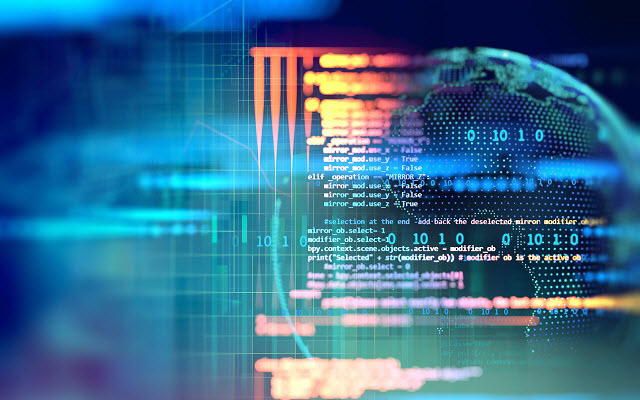
This article discusses the submission and playback of transaction logs.

This article introduces the index build process of OceanBase from the perspective of code introduction and explains the relevant code of index build.
